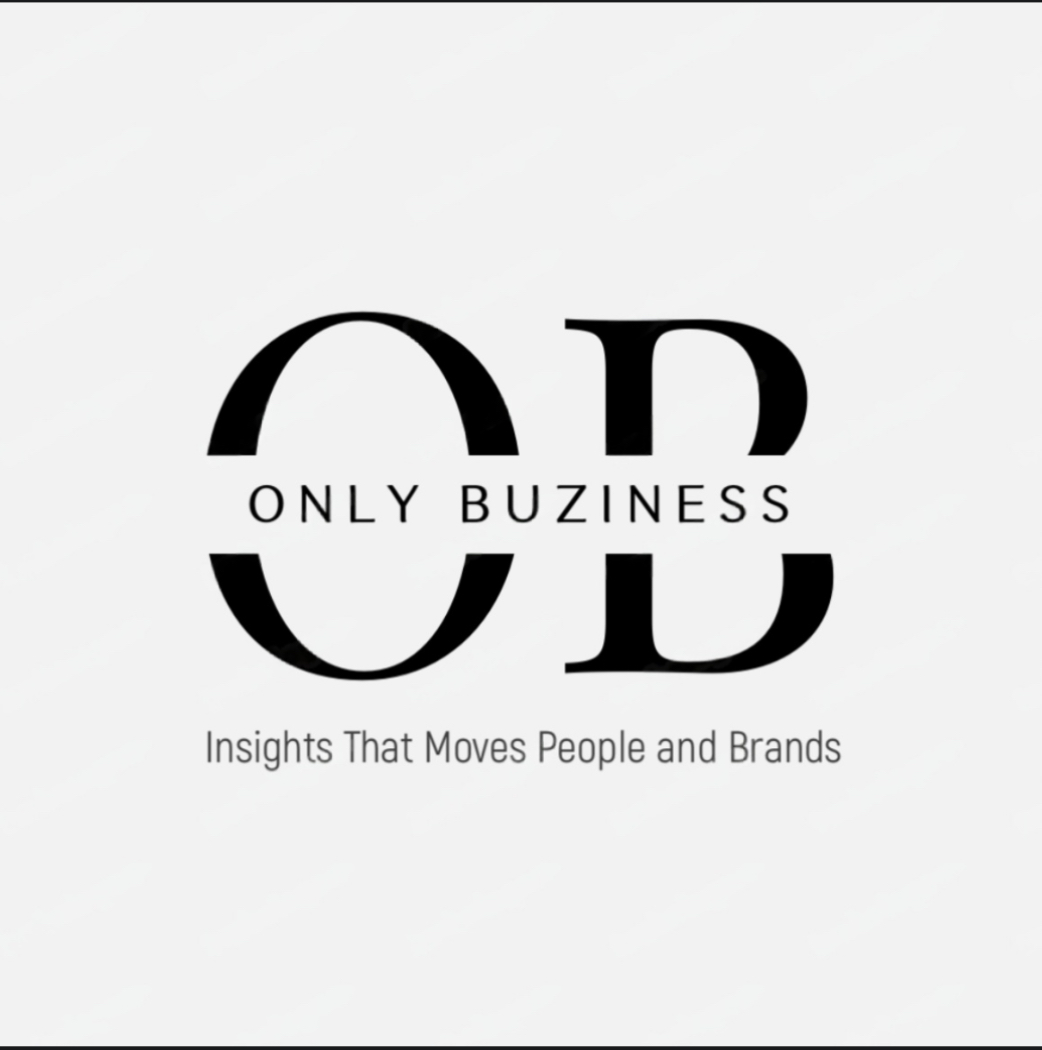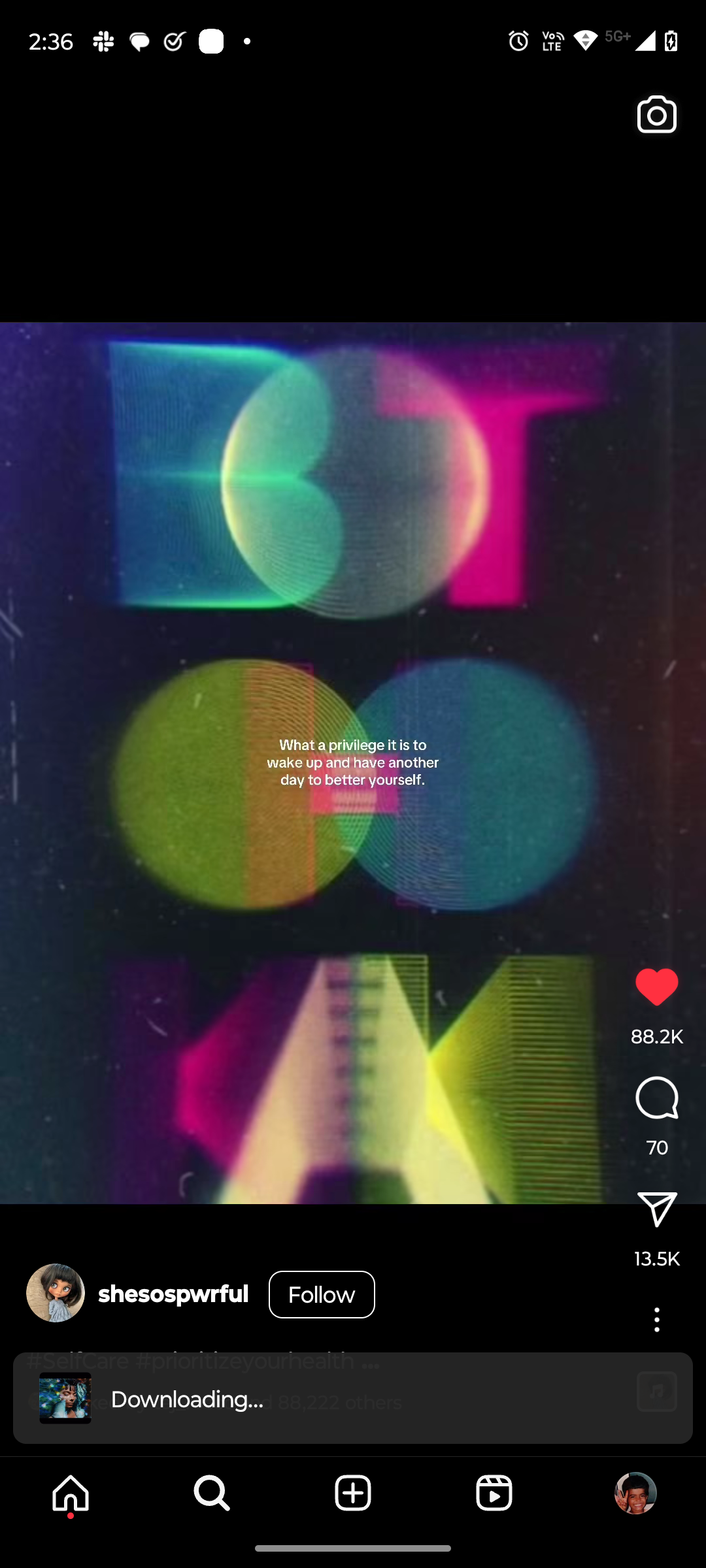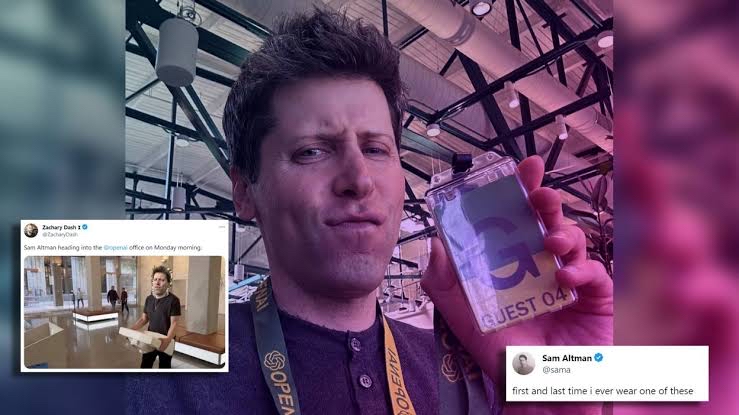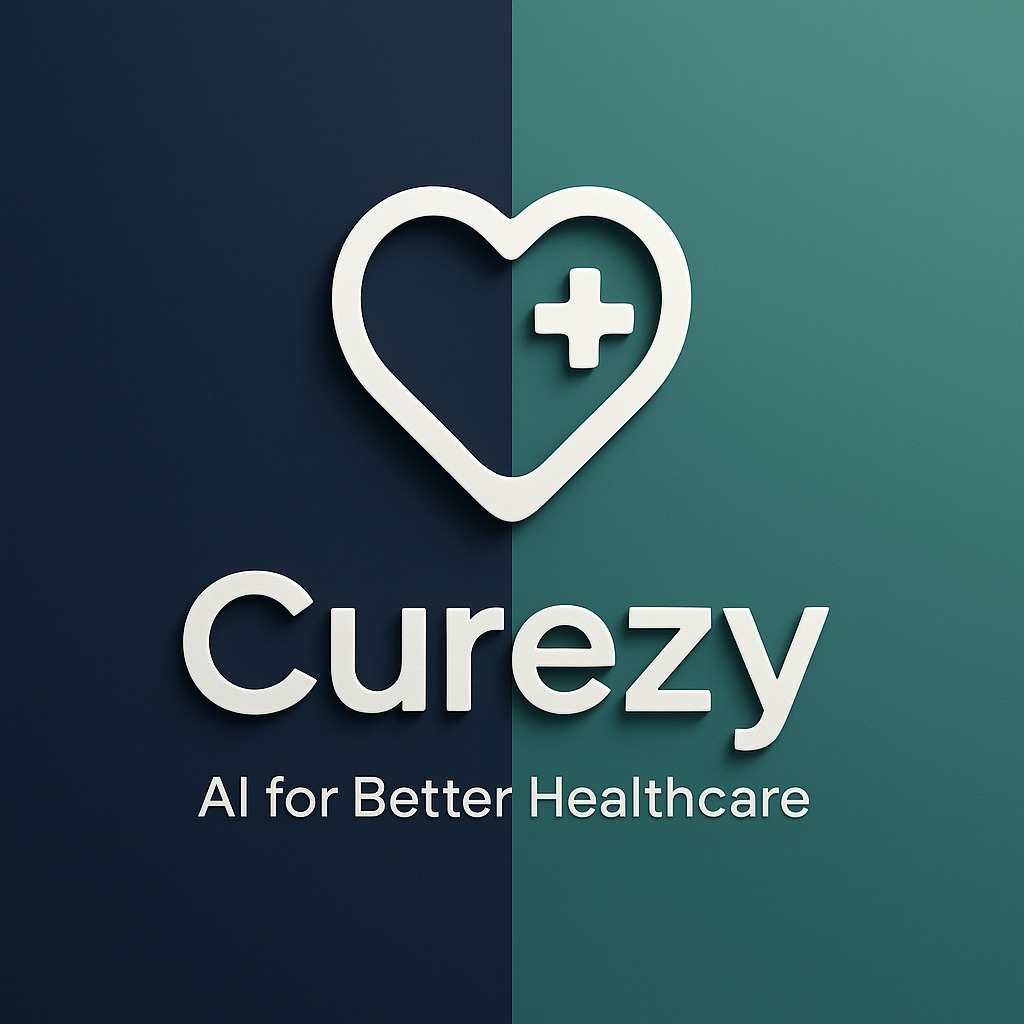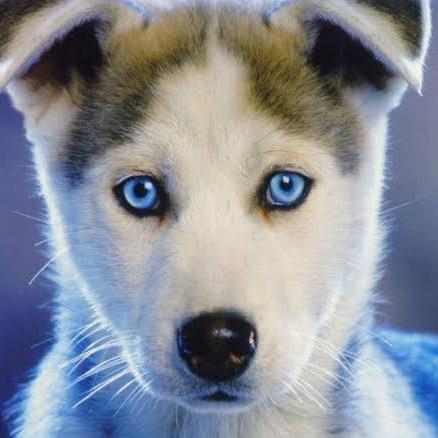Back
Suhani Gupta
"Just figuring out w... • 5m
The First Emotional Brands Before branding was about feelings… it was about features. But in the early 1900s, some brands flipped the script. Coca-Cola stopped selling “refreshment.” They sold happiness in a bottle. Hallmark didn’t just sell cards. They sold emotion in an envelope. Palmolive sold beauty and softness, not just soap. 💡 That was the beginning of emotional branding — where the product fades, and the feeling stays. Ask yourself: What emotion does your brand leave behind?
Replies (1)
More like this
Recommendations from Medial
Only Buziness
Everything about Mar... • 6m
“Feelings Sell: How Emotional Branding Builds Unbreakable Customer Bonds” Emotional branding it is a powerful tool across all industries. Take Coca-Cola, for example. It doesn’t advertise soda—it sells happiness, togetherness, and celebration. Fro
See MoreOnly Buziness
Everything about Mar... • 6m
“Feel First, Act Fast: How Emotional Framing Experiments Shape Decisions” Emotional framing is the art of presenting the same message in different emotional tones to influence perception and action. Marketers run experiments to test which emotion
See MoreMoiz Khan
I designed what you ... • 5m
Bringing the elegance of tradition into modern design. I had the pleasure of crafting the visual identity for Valley of Weaves — a luxury saree brand rooted in heritage and grace. From timeless typography to storytelling visuals, every detail was des
See More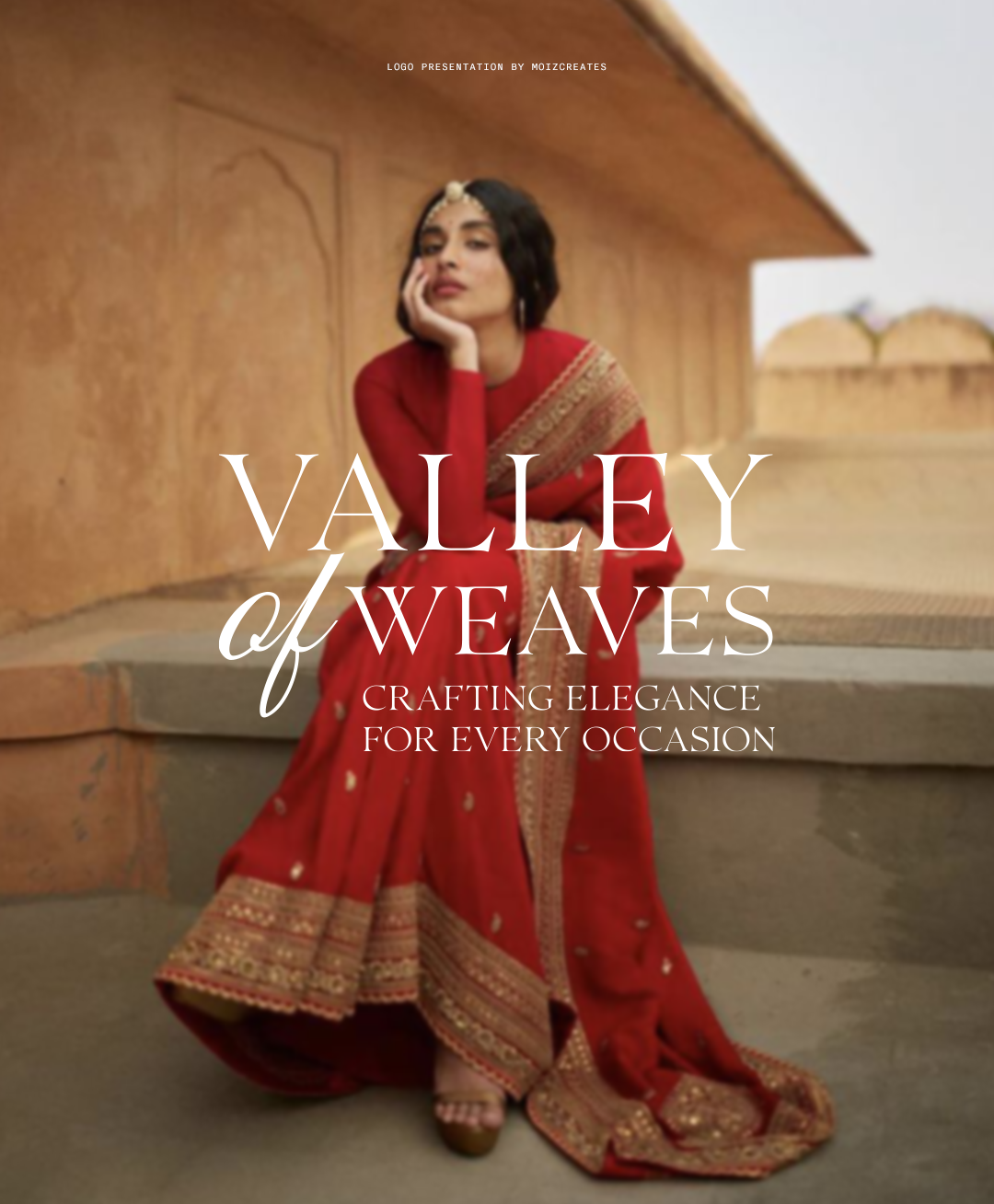
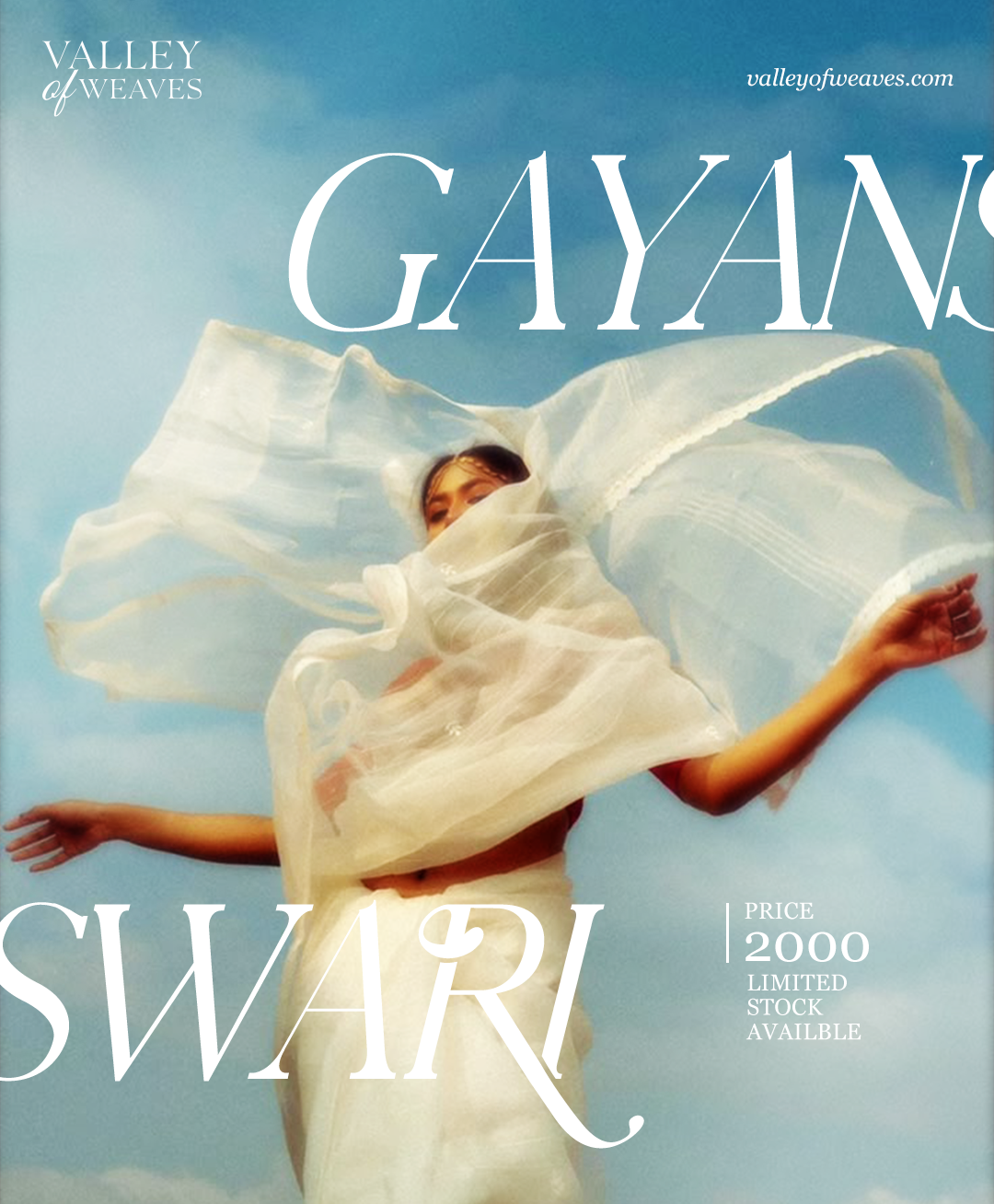
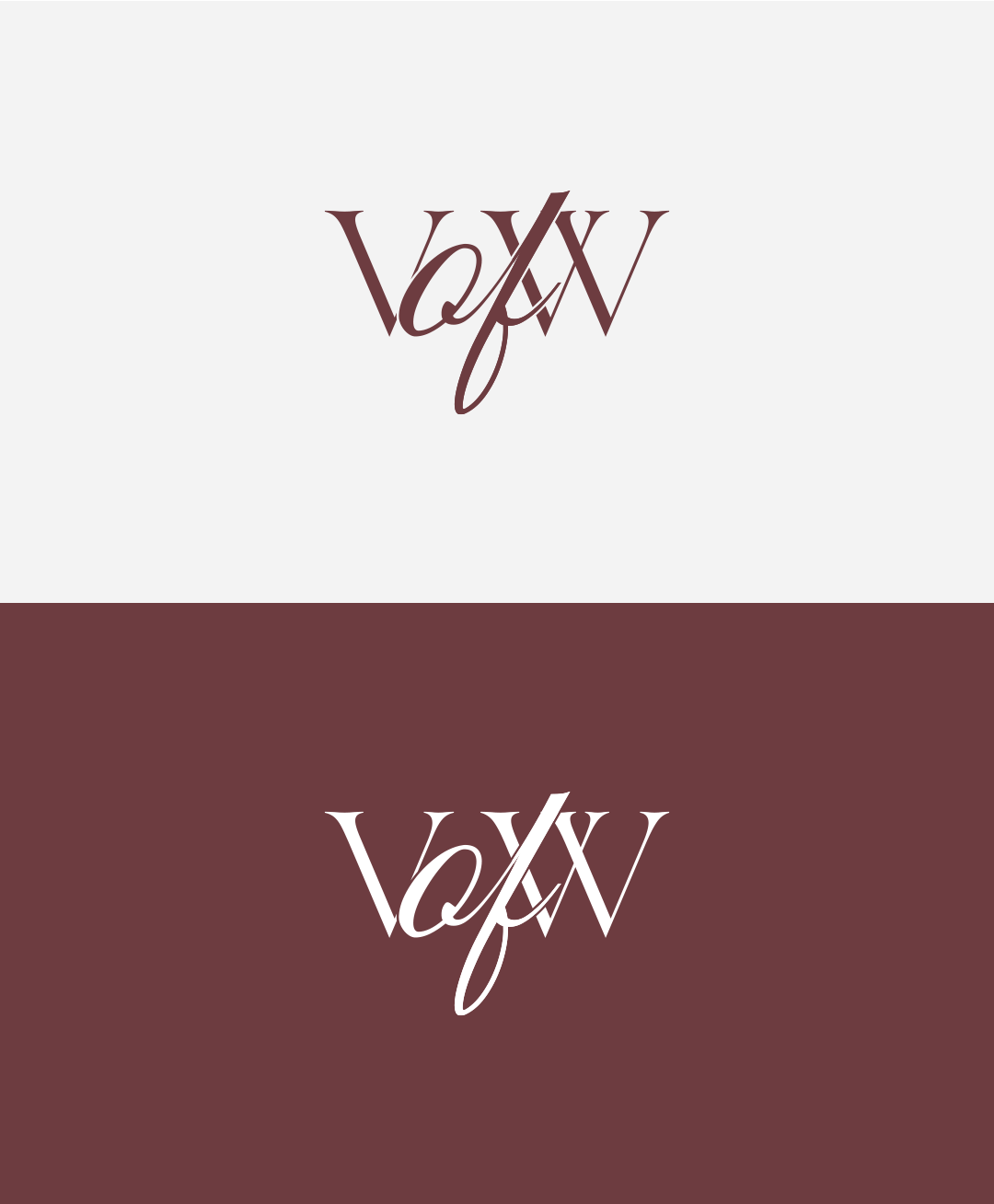
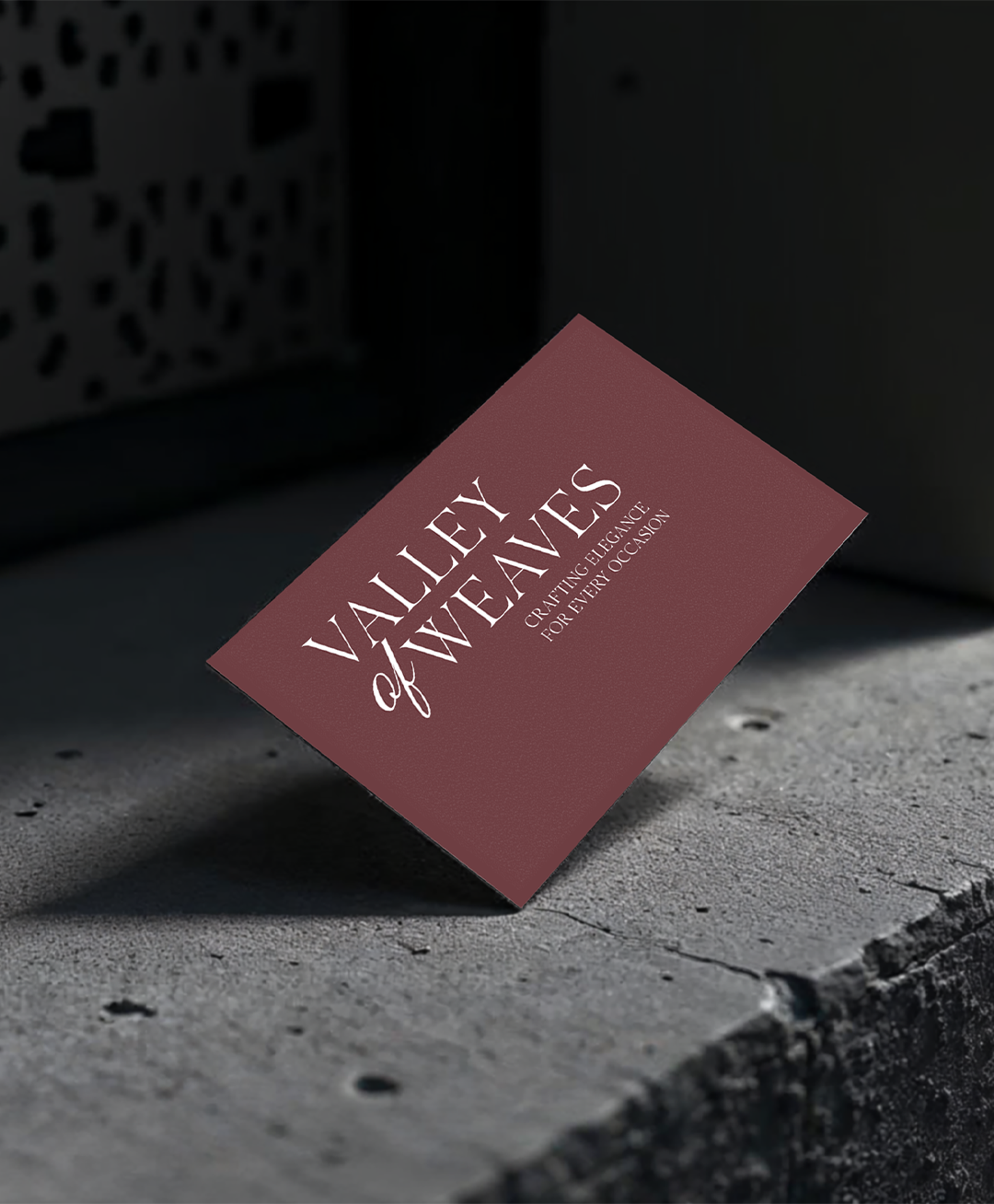
Only Buziness
Everything about Mar... • 5m
“Emotion Analytics in Marketing: How AI Decodes Customer Feelings for Smarter Campaigns” Emotion Analytics is the use of AI and data tools to track, interpret, and respond to human emotions in real time. Through facial recognition, voice tone analys
See MoreOnly Buziness
Everything about Mar... • 5m
“Start With Feelings: Emotional Entry Points That Sell Without Selling” People don’t buy features—they respond to feelings. Emotional entry point design starts with a relatable emotion, not facts. It pulls users in by making them feel seen. Think:
See MoreThe unknown entrepreneur
I'm a Student who is... • 1y
This is how 2 min Maggi killed it's competition. There were many other brands trying to beat Maggi. But it used a genius strategy called emotional marketing strategy. They started to show ads related to emotions like some boys eating Maggi together i
See More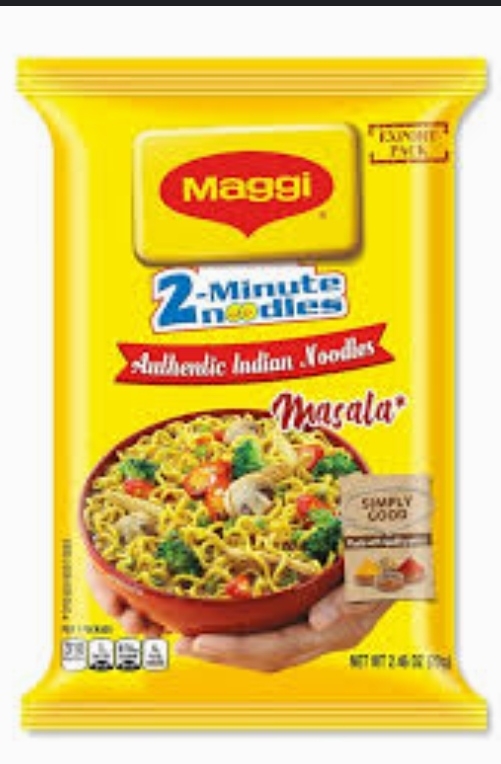
Download the medial app to read full posts, comements and news.


